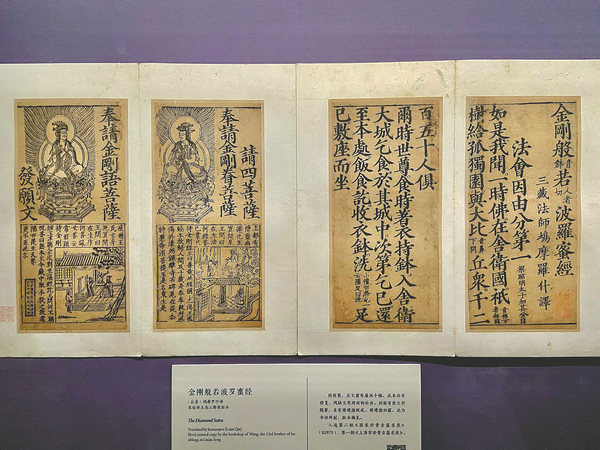

Woodblock printing transformed virtually everything about the written word centuries ago, but has faded in recent decades amid challenges ranging from wars to lasers. Three generations of one family in particular have continued to inscribe its legacy upon publishing, Yang Feiyue reports.
Editor's note: There are 43 items inscribed on UNESCO's Intangible Cultural Heritage lists that not only bear witness to the past glories of Chinese civilization, but also continue to shine today. China Daily looks at the protection and inheritance of some of these cultural legacies. In this installment, we discover how artisans inject new life into the age-old craft of woodblock printing.
Chen Yishi's presbyopic glasses magnify the Buddha emerging from beneath his chisel as he taps the tool to whittle the image into the ebony woodblock he's holding.
The septuagenarian retiree from Hangji town in the outskirts of Yangzhou, East China's Jiangsu province, still takes orders and is creating the Buddha block for a cultural company in Southwest China's Sichuan province. He also produces works purely for his own interest, such as his recently completed woodblock-printed classic anthology, Three Hundred Tang Poems.
"I need to keep my fingers nimble, or I'll get rusty," he says.
His living room walls are lined with variously sized woodblocks.
The craftsmanship required for the folk art, which made the national intangible cultural heritage list in 2006 and was inscribed on UNESCO's list in 2009, requires not only meticulous training but also great talent.